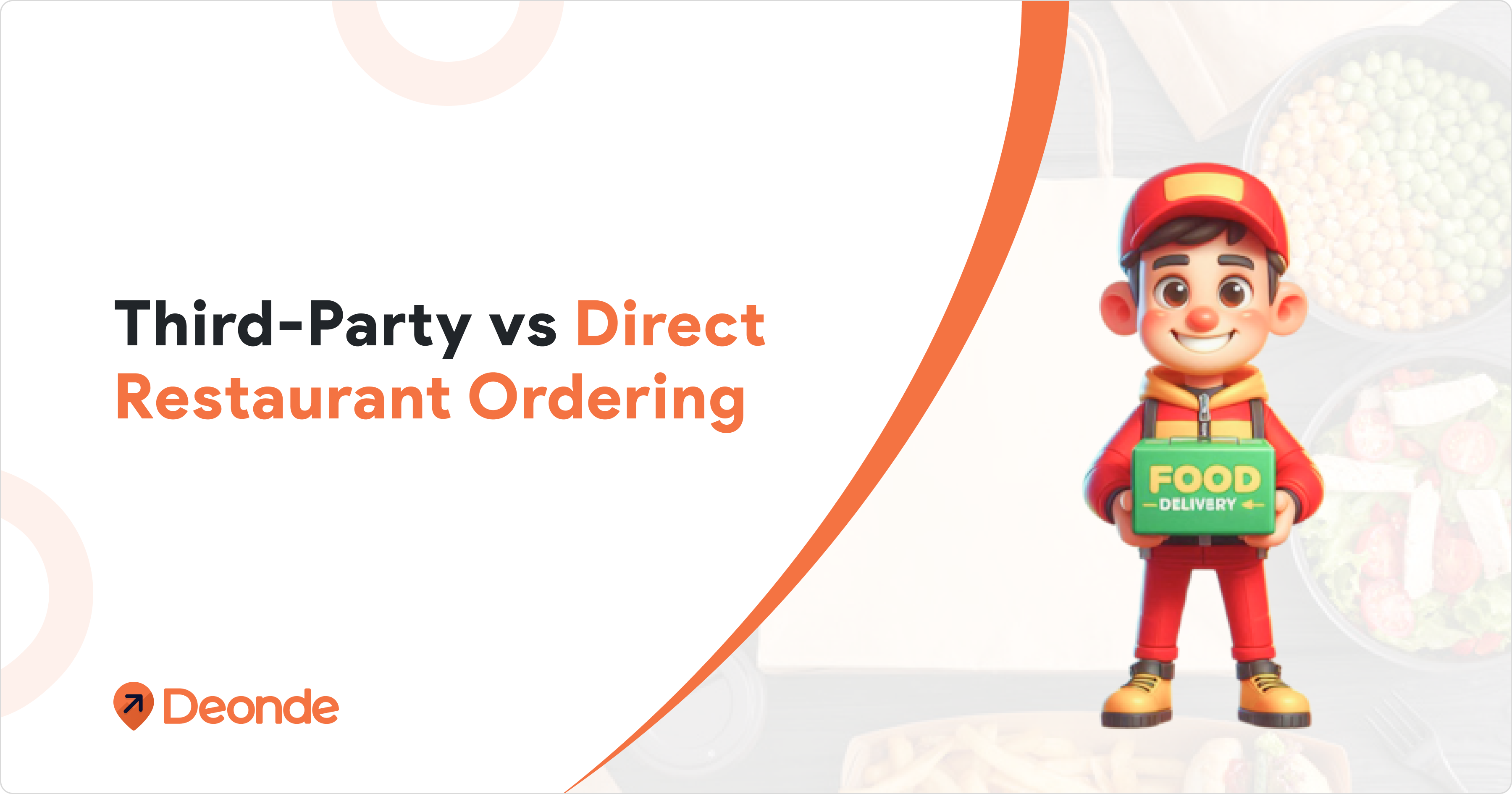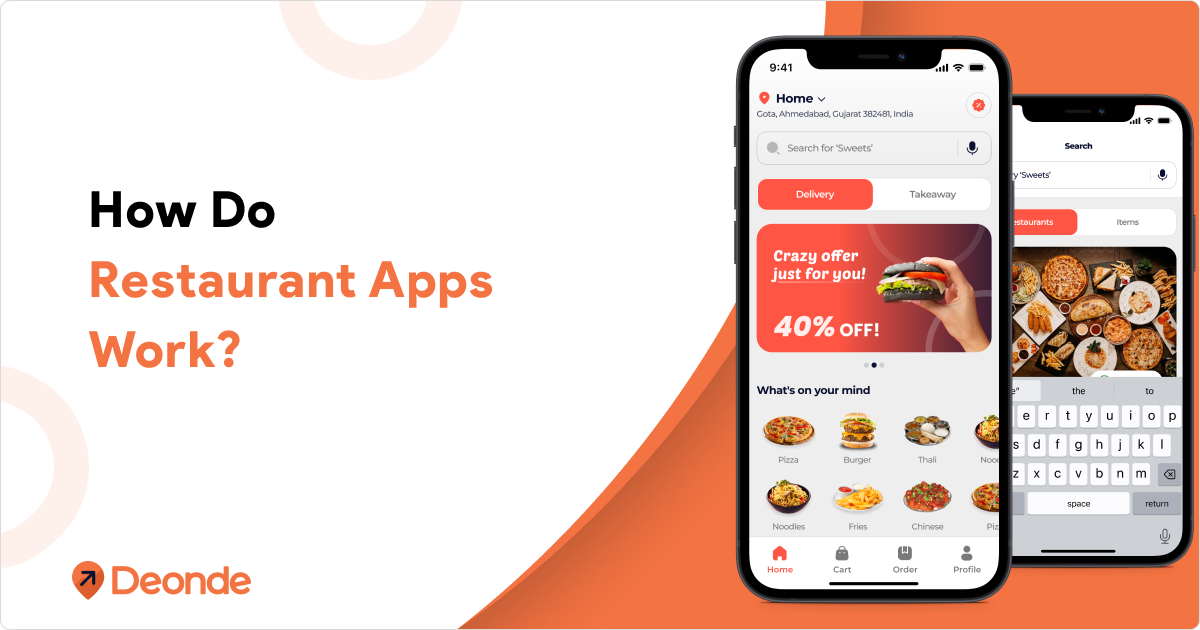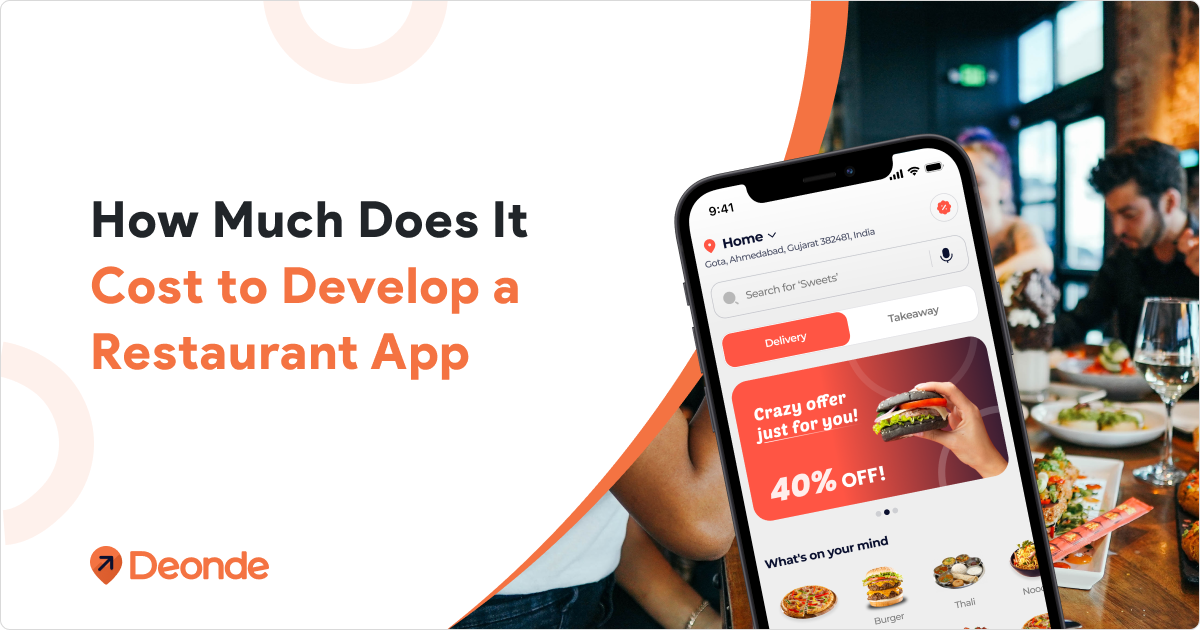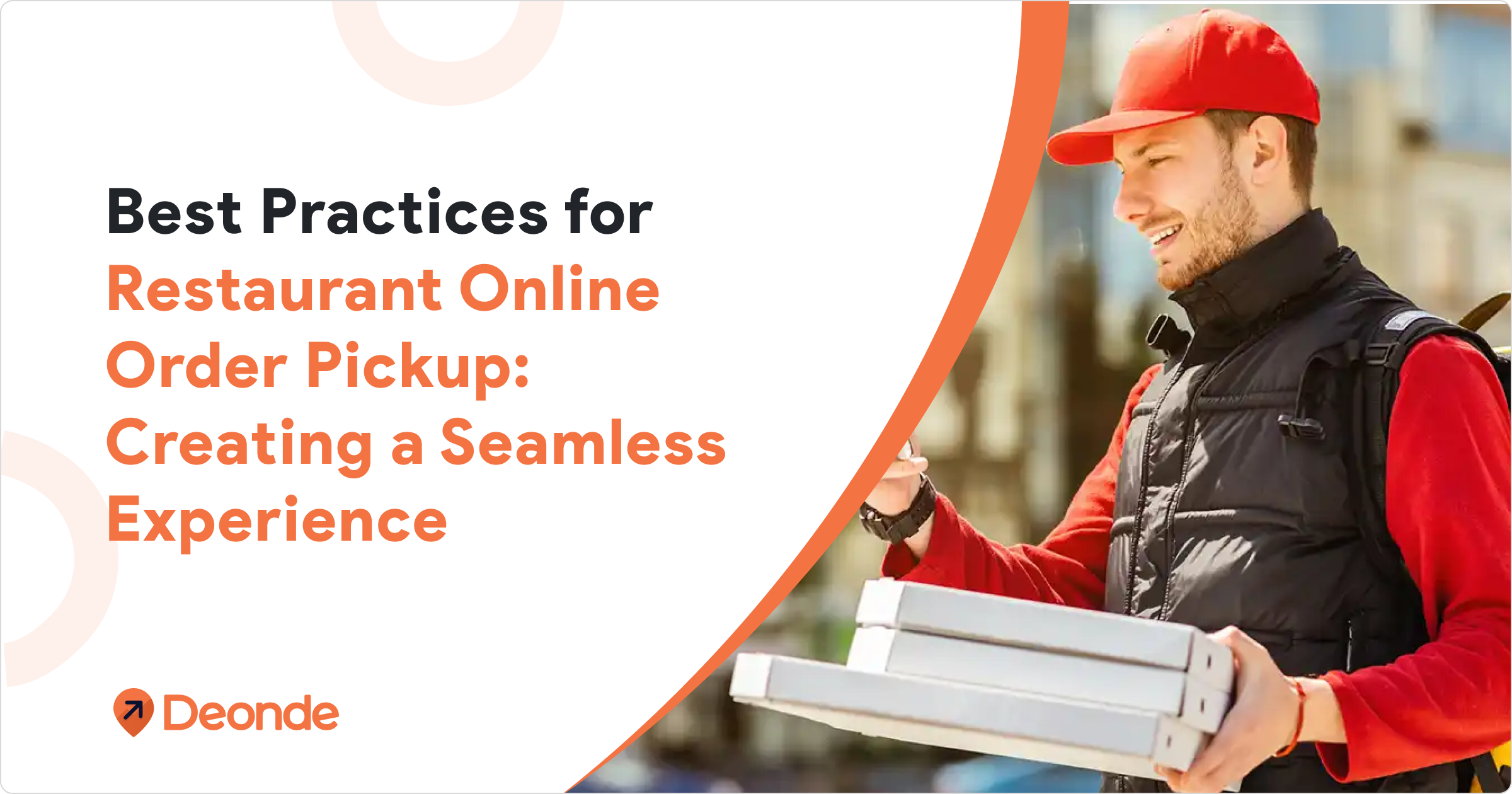Recent industry data reveals that 68% of consumers prefer ordering directly from restaurants rather than using third-party delivery apps, according to a 2024 National Restaurant Association report. This growing trend is reshaping how restaurants connect with customers in the digital age.
For restaurant owners, choosing between third-party platforms and direct ordering systems represents a critical business decision with significant implications for profitability, customer relationships, and long-term growth.
Want to see how direct ordering can transform your restaurant business? Try Deonde’s risk-free demo today and experience the difference firsthand.
Understanding Your Options
What is Direct Restaurant Ordering?
Direct restaurant ordering puts you in control. Customers place orders through channels your restaurant owns and manages—your website, mobile app, or QR code system. This approach gives you complete oversight of the ordering process, customer experience, and valuable data collection.
What is Third-Party Restaurant Ordering?
Third-party ordering leverages established platforms like UberEats, DoorDash, or Grubhub to list your restaurant and process orders. These services handle everything from payment processing to delivery logistics, but charge significant commission fees that impact your bottom line.
The Financial Reality: Comparing Costs and Profits
The True Cost of Third-Party Platforms
Third-party delivery platforms may bring convenience, but at what price? Industry reports reveal:
- Commission fees ranging from 15-35% per order
- Additional marketing fees for premium placement (2-5%)
- Setup and maintenance fees that add to the overall costs
A 2024 restaurant economics study found that a restaurant with $1 million in annual third-party delivery sales might surrender between $150,000 and $350,000 in commission fees, directly impacting profit margins.
The Direct Ordering Advantage
Direct ordering systems present a more financially sustainable model:
- One-time setup costs between $3,000 and $10,000
- Monthly subscription fees averaging $100-$300
- Standard payment processing fees of 2-3% per transaction
The same restaurant using direct ordering would typically see annual costs of $10,000-$20,000, potentially saving over $130,000 compared to third-party platforms. These savings can be reinvested in your business or passed on to customers through better pricing.
Interested in learning more about cost-effective online ordering solutions? Check out our detailed guide on restaurant online payment systems.
Owning Your Customer Relationships
The Third-Party Barrier
When using third-party platforms, you face significant limitations:
- Access to only basic order information
- Customer contact data remains with the platform
- Limited ability to analyse ordering patterns and preferences
- Reduced opportunities for direct customer engagement
Building Direct Connections
Direct ordering systems empower your restaurant with:
- Complete customer contact information for follow-up marketing
- Detailed ordering history to identify preferences and patterns
- Tools to implement targeted promotions based on actual customer behaviour
- The ability to build genuine relationships with your diners
Research shows that restaurants with direct ordering systems experience a 23% higher customer return rate due to these personalised marketing capabilities. This direct connection transforms one-time customers into loyal patrons.
For more insights on leveraging customer data effectively, read our blog on restaurant data analytics management.
Brand Experience and Control
Lost in the Crowd
On third-party platforms, your restaurant faces distinct challenges:
- Your brand becomes just one option among many competitors
- Limited control over how your restaurant is presented
- Restricted ability to manage delivery quality and timing
- Customer loyalty is divided between your brand and the platform
Creating a Memorable Experience
Direct ordering allows you to craft a distinctive brand experience:
- Custom-designed ordering interfaces that reflect your restaurant’s personality
- Consistent messaging across all customer touchpoints
- Direct communication channels for issue resolution
- Seamless loyalty programs that reinforce your brand
A 2024 customer satisfaction survey found that 72% of diners appreciate the personalised experience of ordering directly from restaurants, citing better communication and stronger connections with their favourite establishments.
Learn how to enhance your restaurant’s digital presence by reading about online ordering systems for restaurants.
Are Third-Party Platforms Ever Worth It?
Despite their drawbacks, third-party delivery apps do offer some advantages:
- Immediate access to a large customer base
- Built-in marketing exposure to new potential customers
- No upfront development costs for digital ordering
- Simplified delivery logistics
Third-party platforms can provide valuable visibility for many restaurants, particularly new establishments, while building a customer base. The key is using these platforms strategically rather than relying on them exclusively.
The Winning Strategy: A Hybrid Approach
The most successful restaurants implement a balanced strategy:
- Maintain presence on third-party platforms for discovery and new customer acquisition
- Create compelling incentives for customers to use your direct ordering system
- Gradually shift marketing focus toward your proprietary channels
- Use targeted promotions to convert third-party customers into direct ones
This approach allows you to benefit from third-party platform visibility while steadily building your direct ordering customer base for higher profitability and stronger customer relationships.
Implementation Roadmap: Building Your Direct Ordering System
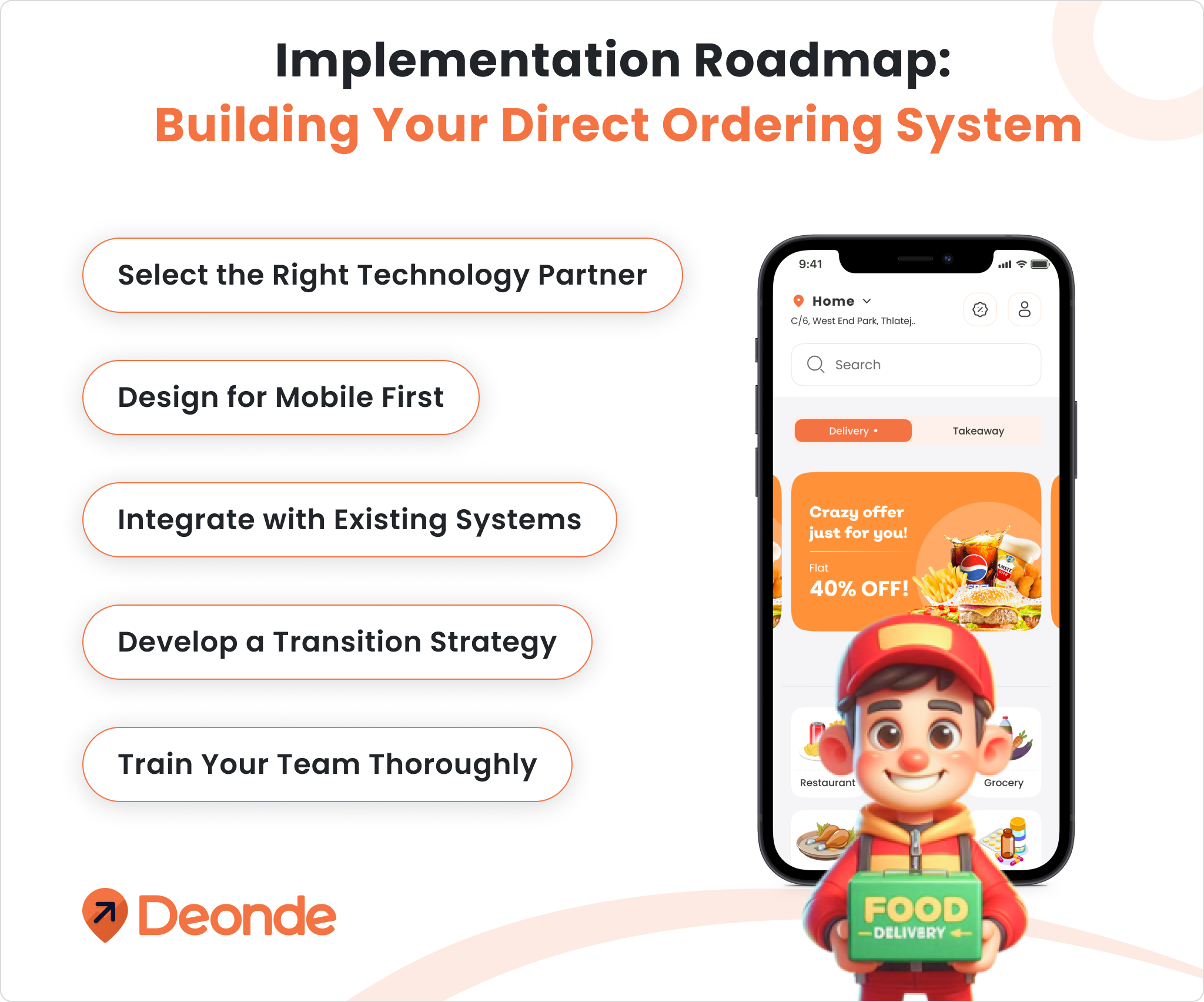
Ready to take control of your digital ordering? Follow these proven steps:
1. Select the Right Technology Partner: Choose a provider with deep restaurant industry experience and comprehensive support capabilities.
2. Design for Mobile First: With 76% of online orders from mobile devices, responsive design isn’t optional—it’s essential for success.
3. Integrate with Existing Systems: Ensure seamless connection with your point-of-sale system to prevent operational disruptions and maintain accurate inventory.
4. Develop a Transition Strategy: Create a clear plan to migrate customers from third-party to direct ordering through strategic incentives and communications.
5. Train Your Team Thoroughly: Proper staff training ensures smooth implementation and excellent customer service from day one.
For detailed guidance on restaurant technology implementation, read our comprehensive restaurant management system guide.
Industry Trends Shaping the Future
The restaurant ordering landscape continues to evolve, with several key trends emerging:
- Commission Fee Regulations: Many cities are implementing caps on third-party delivery commissions, creating a more level playing field.
- Integrated Ordering Solutions: New technologies make it easier for restaurants to manage direct and third-party orders through a single system.
- Enhanced Loyalty Programs: Restaurants are developing sophisticated loyalty programs tied to direct ordering to strengthen customer relationships.
- QR Code Renaissance: The widespread adoption of QR code technology has created new opportunities for simple, frictionless direct ordering.
These trends point toward a future where restaurants have more options and greater control over their digital ordering strategy.
Conclusion: Making the Choice That’s Right for Your Restaurant
The decision between third-party vs direct restaurant ordering systems isn’t one-size-fits-all. Your optimal strategy depends on your business goals, resources, and customer base.
While third-party platforms offer immediate visibility and operational simplicity, direct ordering provides significantly greater profitability, valuable data control, and stronger customer relationships.
For most restaurants, the most effective approach involves strategically leveraging both systems—using third-party platforms for discovery while building a robust direct ordering system for long-term success and sustainability.
Ready to take control of your restaurant’s online ordering experience? Contact Deonde ressto for a personalised consultation and discover how our direct ordering solutions can help you increase profits while delivering an exceptional customer experience.
FAQs
1. What is the main difference between third-party and direct restaurant ordering?
Third-party platforms handle orders through their apps with high fees, while direct ordering uses your website or app, offering lower costs and more control.
2. How do direct ordering systems save money?
Direct systems eliminate commission fees, replacing them with affordable platform subscriptions, which are ideal for cost-effective restaurant ordering solutions.
3. Can direct ordering improve customer loyalty?
Yes, direct ordering allows personalised offers and branded experiences, fostering stronger connections with diners.
4. Is Deonde suitable for small restaurants?
Absolutely! Deonde’s scalable platform is designed for businesses of all sizes, with easy setup and robust features.
5. How do I switch to direct ordering?
Partner with a platform like Deonde to set up your online ordering system. Start with a demo to explore options.

